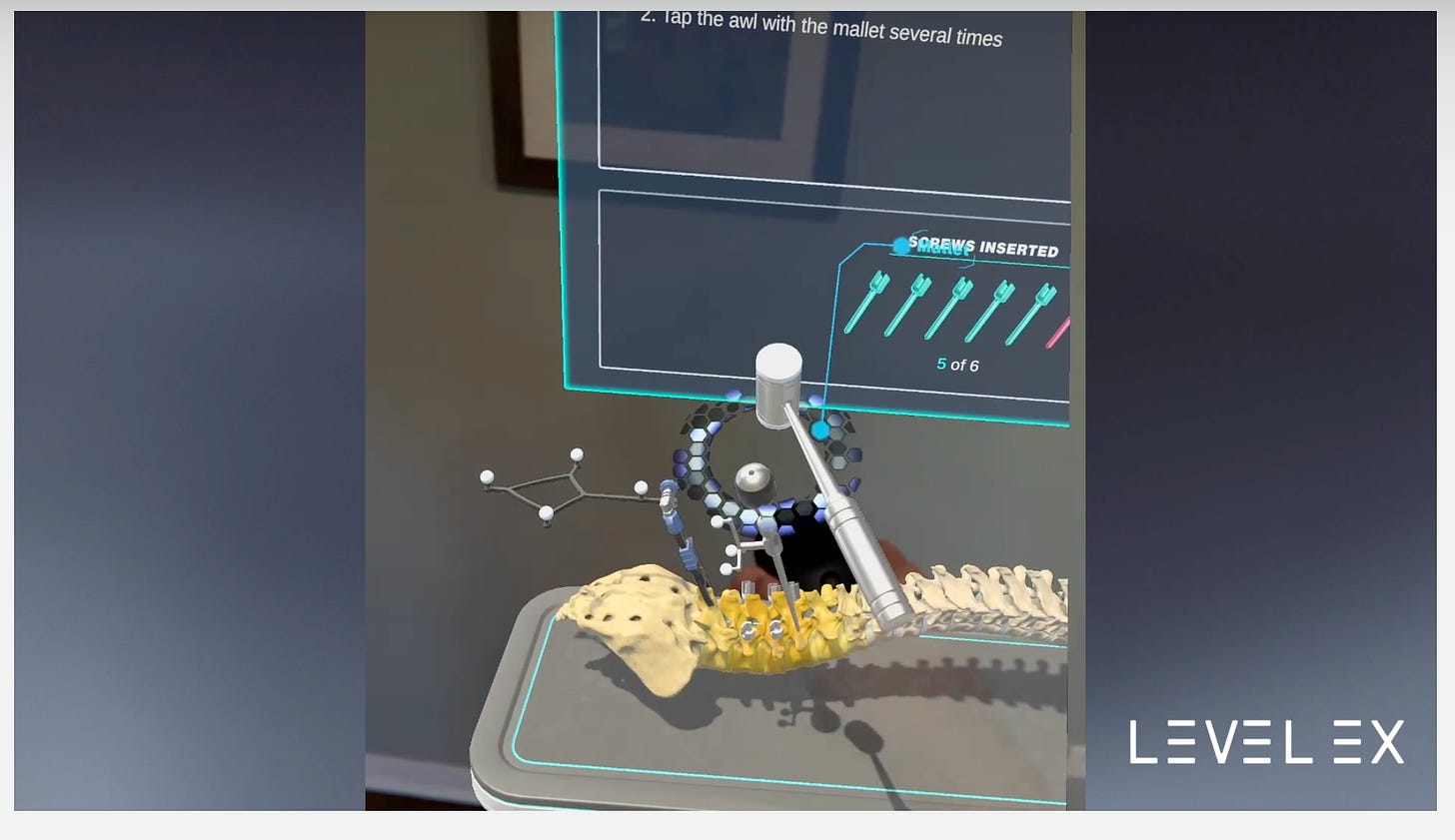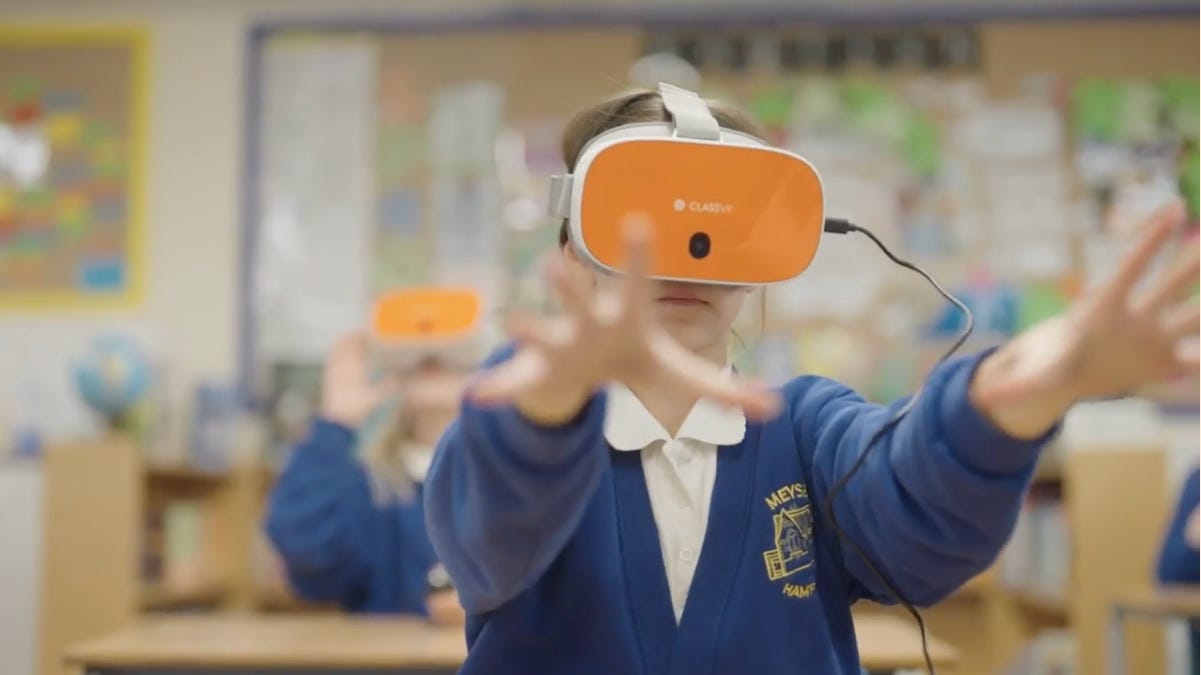#20 Digital Skills
The Future is Immersive: Why Digital Skills Are Crucial to Unlocking Europe’s Potential
Imagine stepping into a virtual classroom where history comes alive, where you can take a virtual walk through different climates or study complex objects like the human body in 3D. Or think of how virtual meeting rooms allow remote teams to mingle and work together almost as if in the same physical space. Immersive technologies are changing the way we learn, work, and play. In this new landscape, digital skills are not just an asset—but necessary to navigate daily life.
Mind the gap
Yet, with every new technology, the digital skills gap is growing. In his highly-awaited report, Mario Draghi paints a grim picture of Europe’s digital sector: while the majority of people in the EU are online and regularly use the internet, 42% of Europeans lack basic digital skills, including 37% of those in the workforce. When it comes to ICT specialists, men vastly outnumber women with 81% compared to 19% respectively, highlighting the gender gap in digital skills. This has ripple effects on social equality, competitiveness and democracy as pointed out by Draghi.
In his report, Draghi also points to a decline in education and training across demographics that is partly to blame for the skills gaps. The EU is not producing enough STEAM (science, technology, engineering, art and maths) graduates and is failing to upskill the current workforce to adapt to the changes that digital technologies bring to the labour market.
Yet, it is these industries in particular where immersive technologies like VR and AR show massive potential. Medical students, for instance, can utilise VR and AR to study 3D renderings of the human body and practice surgery skills. Surgeons and doctors use immersive technologies to prepare for and complete complex surgeries. Similarly, immersive technologies can enhance disaster response training, enabling training for emergencies in a safe environment but with a high degree of realism and equally good performance outcomes.

Workers need to understand how to operate and integrate various immersive technologies into workflows; teachers and educators must be empowered to utilise virtual classrooms to enhance education while boosting their students’ digital literacy; citizens need to have a high enough level of digital skills to be able to pick up a headset or take advantage of an immersive experience. Digital skills are as vital today as the ability to read and write.
However, it took 200 years to increase literacy levels from 10% to nearly 90%. Given the pervasiveness of digital technologies across all aspects of life and the speed at which they evolve, we cannot afford to wait that long to increase digital literacy levels. It is time to step up our game on regional, national and EU levels.
Boosting digital literacy
Businesses should be obliged to support the development of job-specific digital skills, e.g. by offering regular re- and upskilling programmes. E.ON, for instance, is using VR and AR to train engineers at their English West Midlands net zero training academy. Such training initiatives allow workers to adjust to the ever-changing job market. Large businesses in the EU have a significantly higher level of digital intensity compared to SMEs which are slower to adopt new and emerging technologies like AI. Thus, the EU should focus its support on SMEs.
Improving digital infrastructure is another critical element, especially in rural areas where job loss due to automation is more likely, yet access to digital skills training remains limited. Rural communities often face slower internet speeds, and less reliable connectivity and have limited access to the devices necessary for digital learning and work. This leaves a significant portion of the population vulnerable, increasing social inequalities and exacerbating the skills gap. Governments, telecom companies and local authorities need to work together to invest in high-speed broadband networks and affordable internet access for all, thereby boosting digital inclusion and competitiveness.
Finally, digital skills must be integrated into school curricula. The EU already provides valuable guidance on digital education to support member states responsible for education and skills policies. But schools, teachers, and educators need more than that—they need resources including access to new technologies. While most people own or have access to a smartphone or computer, far fewer people have access to VR or AR headsets. However, access to these devices is vital to boost their uptake and close the skills gap.
Public-private partnerships could be a way forward to bring devices to schools and educational institutions and support their uptake in vocational training. Plus, collaborations with external partners can help provide digital skills trainings for teachers or even deliver digital skills lessons given the immediate need for digitally-savvy educators.

As immersive technologies continue to evolve, they offer exciting opportunities for education, business and the arts. Given the potential they show across sectors, in particular in education, it is disappointing not to see them mentioned in Ursula von der Leyen’s political guidelines or the mission letters she sent to her Commissioners-designate. Other policy tools should now be leveraged and adapted, like the Digital Education Action Plan (2021-2027), currently under review, or the Digital Decade targets, the EU’s metrics for a successful digital transformation by 2030.


